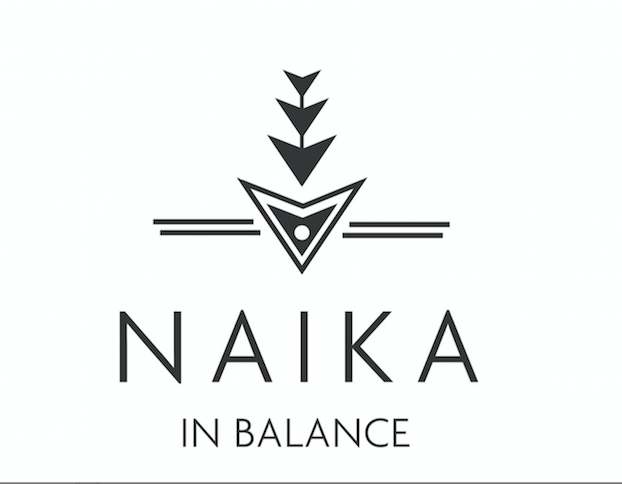 |
| Image source: Google search |
Bitter melon contains high levels of Vitamin K, vitamin B, iron, calcium and minerals. It also contains peptides, saponins, and glycosides that are hypoglycemic, meaning that these compounds lower blood sugar. Diabetes mellitus type II is a complex disease pattern, but at its core is a dysfunction in blood sugar regulation. So you can imagine how a blood sugar lowering herb can help someone with diabetes. This Haitian treasure helps increase insulin sensitivity and uptake, which is incredibly important, as insulin is what clears sugar from the blood. Asowosi helps preserve cellular function and is a wonderful anti-oxidant. Asowosi is detoxifying and cleansing, so it can help support your liver, and thus your skin.
Bitter Melon can be helpful for the following conditions:
- diabetes
- ulcers
- colitis
- high cholesterol
- kidney stones
- hypertension (and hypertension related headaches)
- constipation
 |
| Image source: Google search |
Methods of consumption:
- chop it up into slices and eat as is
- boil the slices in water and drink the liquid as a tea (don't sweeten with sugar to defeat the purpose!)
- juice the melon
- sauté it with other foods, preferably pungent ones (for energetic balance from a Chinese perspective)
- consume it in high grade capsule form
 |
| Image source: Google search |
In health,
Dr. Naika
The "Haitian Treasures" series was created by Dr. Naika in 2012. This series explores the magnificent benefits and uses of Haiti's natural resources, which Dr. Naika calls "Haitian Treasures". In this series, Dr. Naika explores the tie between Haiti's natural resources and natural, traditional, and holistic healing.
This blog post was originally posted on Dr. Naika's lifestyle blog, Naika in Balance. Dr. Naika's work is copyrighted. Please do not copy or repost Dr. Naika's work without citing her content as the original source.
